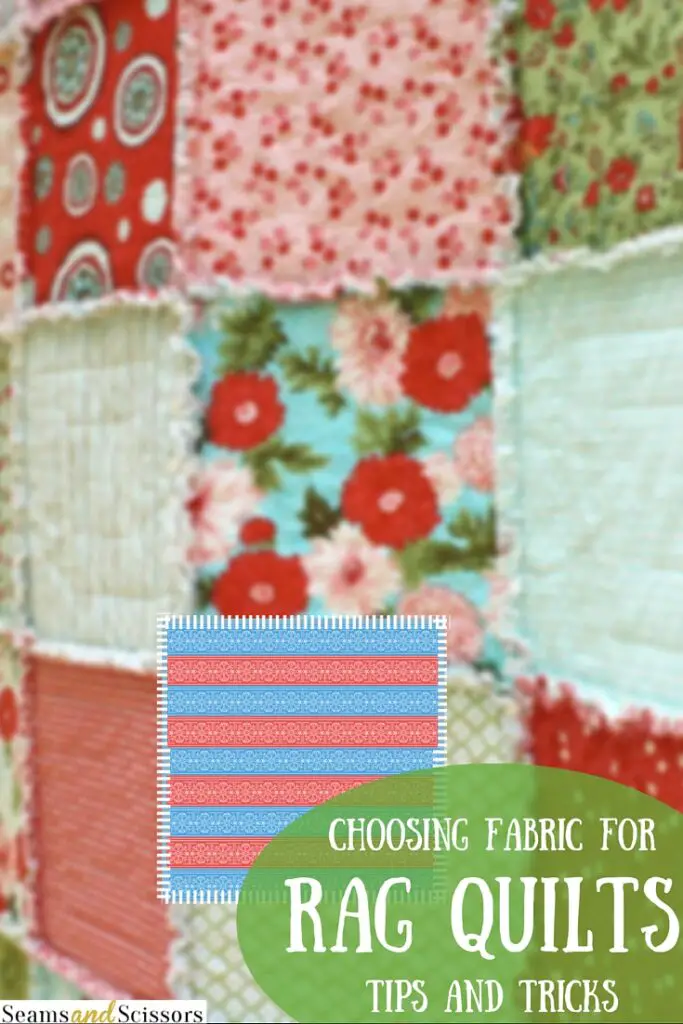When you’re ready to start a quilt, the most important decision you’ll have to make is choosing the fabric. With so many different types of fabrics available, it can be hard to know where to start. Fortunately, our expert tips and tricks for how to choose fabric for a quilt will help you find the perfect fabric for your project. Read on to learn the best tips for selecting fabric for your quilt.
Different Types of Fabric Used for Quilting
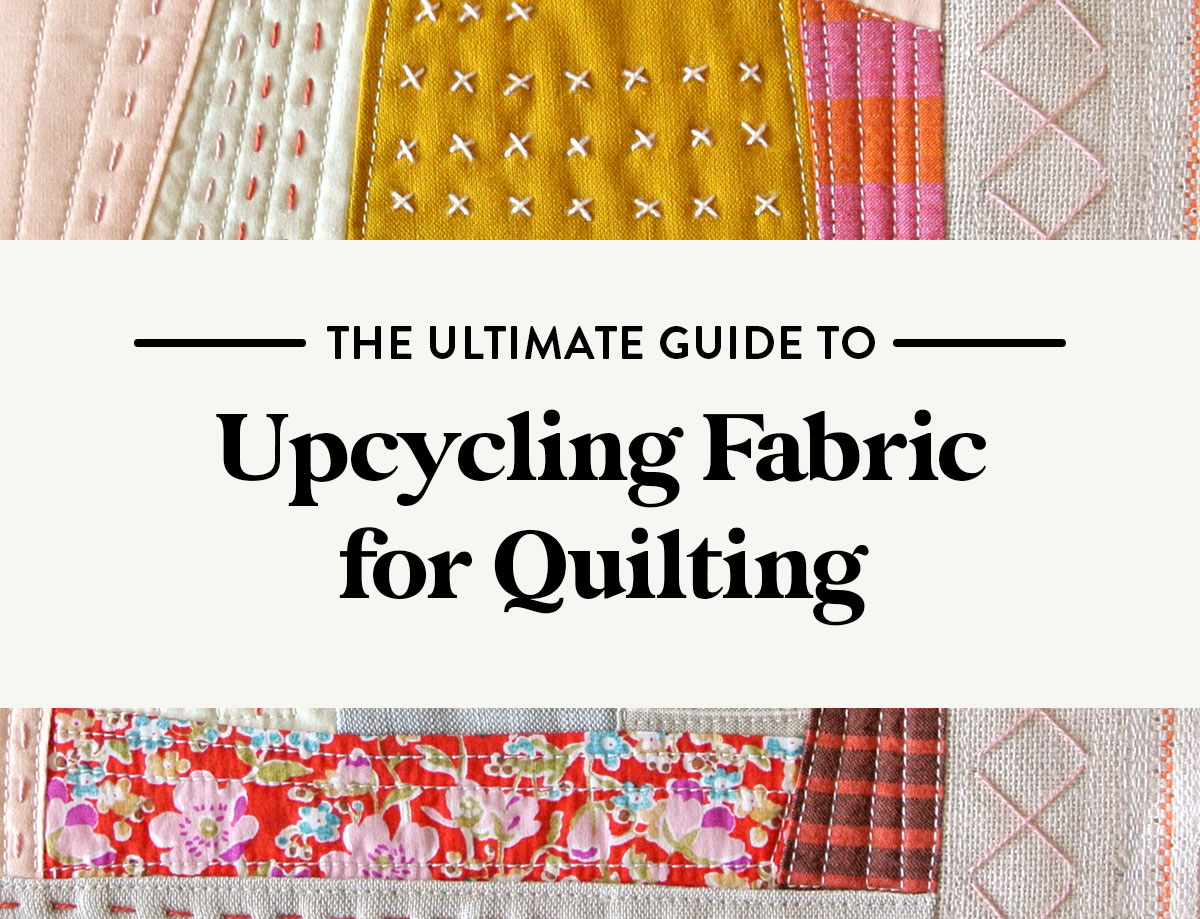
Quilting fabric is generally divided into categories based on fiber content, weight, and finish. Each type of fabric has its own properties, and some are better suited for certain quilt patterns than others.
Cotton Fabric is the most popular and versatile fabric used for quilting. It’s easy to work with, comes in a wide variety of colors and prints, and is lightweight and breathable. Cotton fabric is often used for quilt tops and backing, but it can also be used for bindings and applique.
Flannel Fabric is a lightweight, brushed cotton fabric that is soft and warm. It is often used for quilt backing, but it can also be used for quilt tops. Flannel is also a great choice for quilting projects that will be used as gifts or décor, as it adds a cozy, comfortable feel.
Fleece Fabric is a lightweight, synthetic fabric that is soft and warm. It is often used for quilt backing and quilt tops, as it is lightweight and holds its shape well. Fleece is also a great choice for quilting projects that will be used as gifts or décor, as it adds a plush and luxurious feel.
Batting is the layer of insulation that is placed between the quilt top and quilt backing. It is available in a variety of materials, including cotton, wool, and polyester. The type of batting used can affect the quilt’s weight, warmth, and drape.
Thread is the material used to stitch the quilt layers together. It is available in a variety of colors and materials, such as cotton, polyester, and nylon. The type of thread used can affect the look and feel of the quilt.
When choosing quilt fabrics, consider the quilt pattern and how the fabric will be used. Remember to pick quilt colors that complement each other and take into account the weight and warmth of the fabric. With the right fabrics, quilting can be a fun and rewarding experience.
How to Choose Fabric for a Quilt
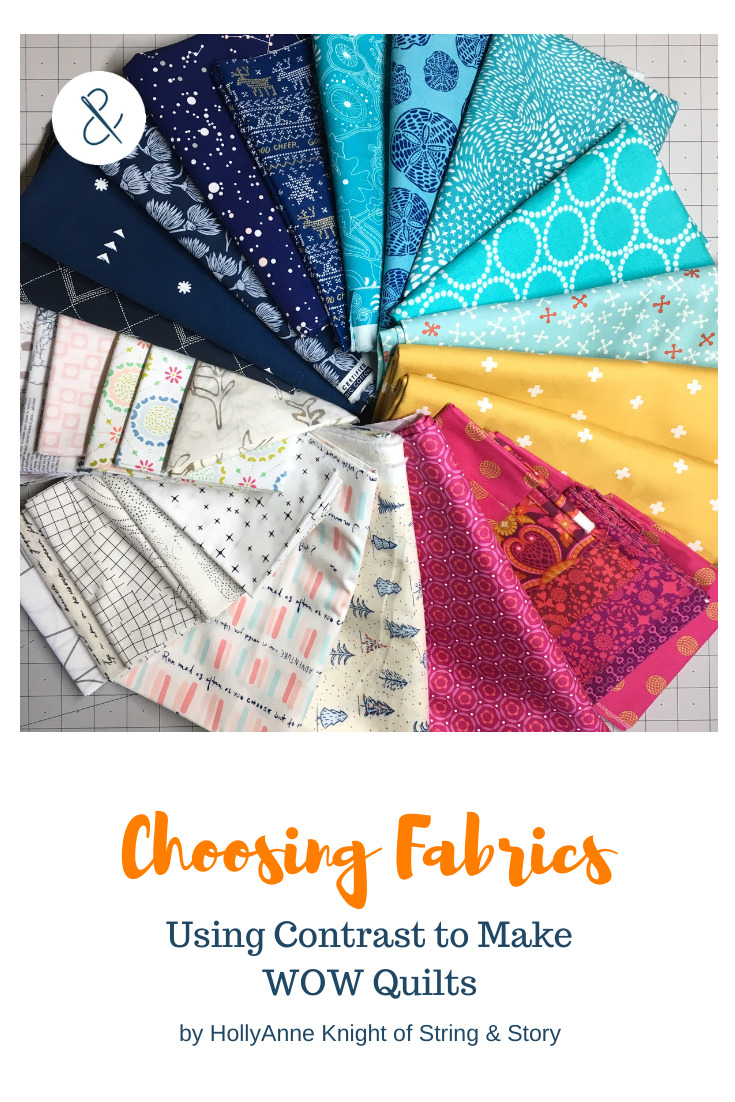
Consider the Quilt’s Purpose
Before you begin choosing fabrics for your quilt, you must consider the purpose of the quilt. Is it a bedspread, a wall hanging, a baby quilt or something else? Knowing the purpose will help you determine the fabric type and the size of the quilt.
Think About the Color Scheme
Your color scheme should be the foundation for your quilt. Start by selecting a few colors, and then look for fabrics that match the colors. You can create a variety of patterns and textures with the same colors by choosing different fabric types.
Select the Fabric According to the Pattern
The pattern of the quilt is an important factor when selecting fabrics. If you are using a pre-designed pattern, select fabrics to match the pattern. If you are creating your own pattern, consider the fabrics that you can use in the pattern.
Choose the Right Fabric Type
The fabric type that you select will depend on the type of quilt you are making. For a bedspread or wall hanging, you might choose a lightweight cotton or linen fabric. For a baby quilt, a flannel or fleece fabric might be a better choice.
Consider the Color Value
It is important to consider the color value when selecting fabrics for your quilt. Color value is the lightness or darkness of the color, and it can help create a sense of depth in a quilt. Choose fabrics that have different color values to create a visually interesting quilt.
When selecting fabrics for a quilt, you need to consider the purpose of the quilt, the color scheme, the pattern, the fabric type and the color value. For a unique quilt, try using multiple fabrics of different types and colors. Generally, it is recommended to use at least four or five different fabrics in a quilt.
How Many Different Fabrics Should You Use in a Quilt?
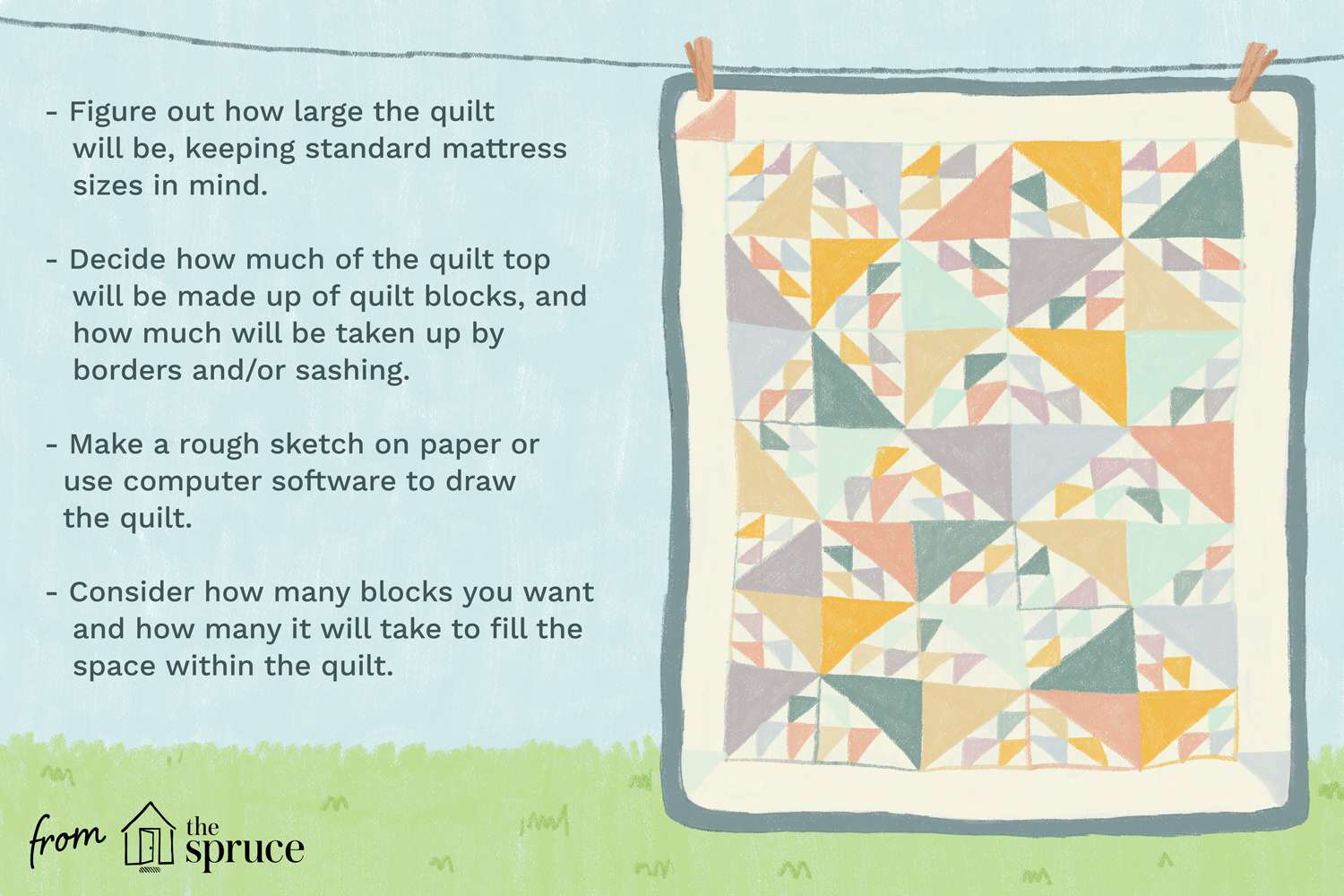
The number of fabrics you should use in a quilt depends on your preferences and the quilt’s design. However, it is generally recommended to use between 5-20 different fabrics to create a balanced look.
When it comes to choosing how many colors for quilt, you should consider the following:
- The overall design of the quilt
- The size and complexity of the quilt
- Your personal preferences
- Your budget
If your quilt is small and simple, you may only need to use a few fabrics. Larger and more complex quilts may require more fabrics, but it is still recommended to stick to a limited palette of 5-20 fabrics. This will help create a visual harmony that is pleasing to the eye.
When selecting fabrics, it is important to pay attention to color, texture, and scale. Choosing fabrics of different textures, sizes, and colors will give your quilt an exciting, yet balanced look.
Remember, the number of fabrics you use in your quilt is ultimately up to you. As long as you keep the design simple and focus on color, texture, and scale, you can create a beautiful quilt with any number of fabrics.
How Many Colors Should You Use in a Quilt?
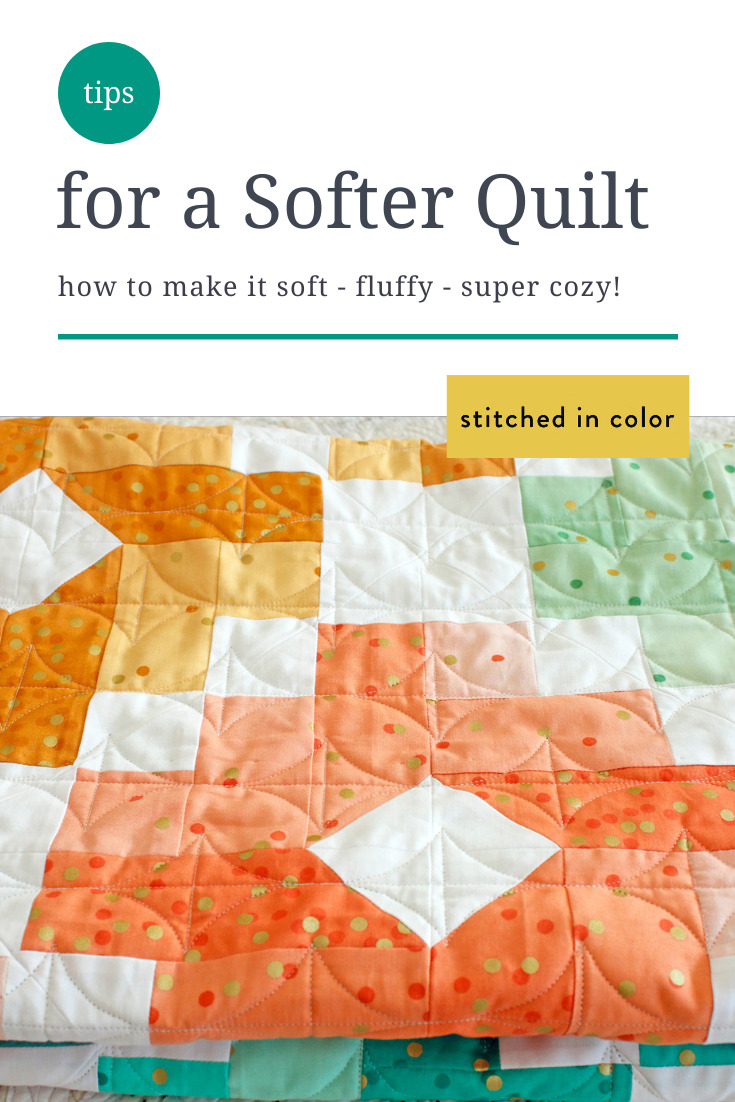
Choosing the right colors for your quilt can be a daunting task, but it doesn’t have to be! Consider these guidelines when selecting colors for your quilt:
- Pick a color palette – A quilt looks best when it is made with a color palette that is limited to three or four colors. This will help you create a cohesive design that is visually pleasing.
- Consider the purpose – How will you be using the quilt? If it’s a baby quilt, you may want to keep it light and bright. If it’s a lap quilt, you can go for richer colors.
- Think about the pattern – If you’re using a traditional quilt pattern like Flying Geese or Log Cabin, you will want to choose colors that will help bring out the pattern.
- Choose colors that work well together – To create a harmonious design, it’s important to select colors that work well together. Consider colors that are next to each other on the color wheel, such as yellow and green.
- Be bold – Don’t be afraid to experiment with colors! Bright colors can create an eye-catching quilt, while neutral colors can create a calming effect.
What is to quilt colors? Quilt colors are the colors used to create a quilt. When selecting colors for your quilt, it is important to consider the purpose of the quilt, the pattern you are using, and colors that work well together. With a little creativity, you can create a beautiful quilt that expresses your own unique style.
What is Color Value in Quilting?
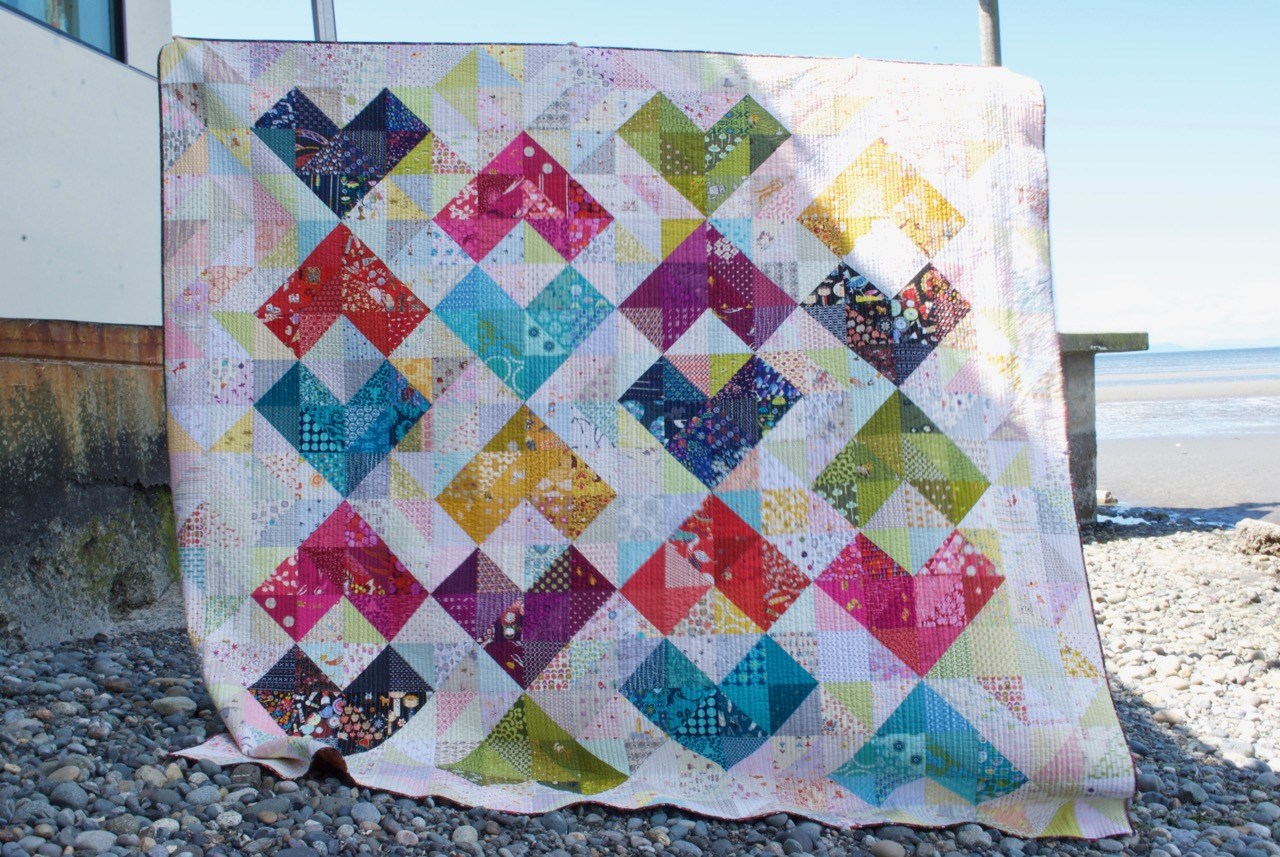
When selecting fabrics for a quilt, one of the most important considerations is color value. Color value is the relative lightness or darkness of a color, and it plays an integral role in how a quilt will look when finished. Using fabrics of different values can create visual interest, harmony, and contrast.
Light Value Fabrics
Light value fabrics are those that appear to be lighter in color. They can range from white to light shades of a color. These fabrics are often used as the background fabric in quilts, as they provide a neutral backdrop for the other fabrics in the quilt.
Dark Value Fabrics
Dark value fabrics are those that appear to be darker in color. They can range from black to dark shades of a color. These fabrics are often used to provide contrast and visual interest in a quilt.
How to Pick Value Colors When Quilting
When selecting fabrics for a quilt, it is important to consider the value of each fabric. When selecting fabrics of different value, try to create a balance, using both light and dark fabrics. It is also important to consider the fabrics’ overall color, as the value can vary greatly between different shades of the same color.
| Light Value Fabrics | Dark Value Fabrics |
|---|---|
| White to light shades of a color | Black to dark shades of a color |
How to Select a Color Value for Quilting?
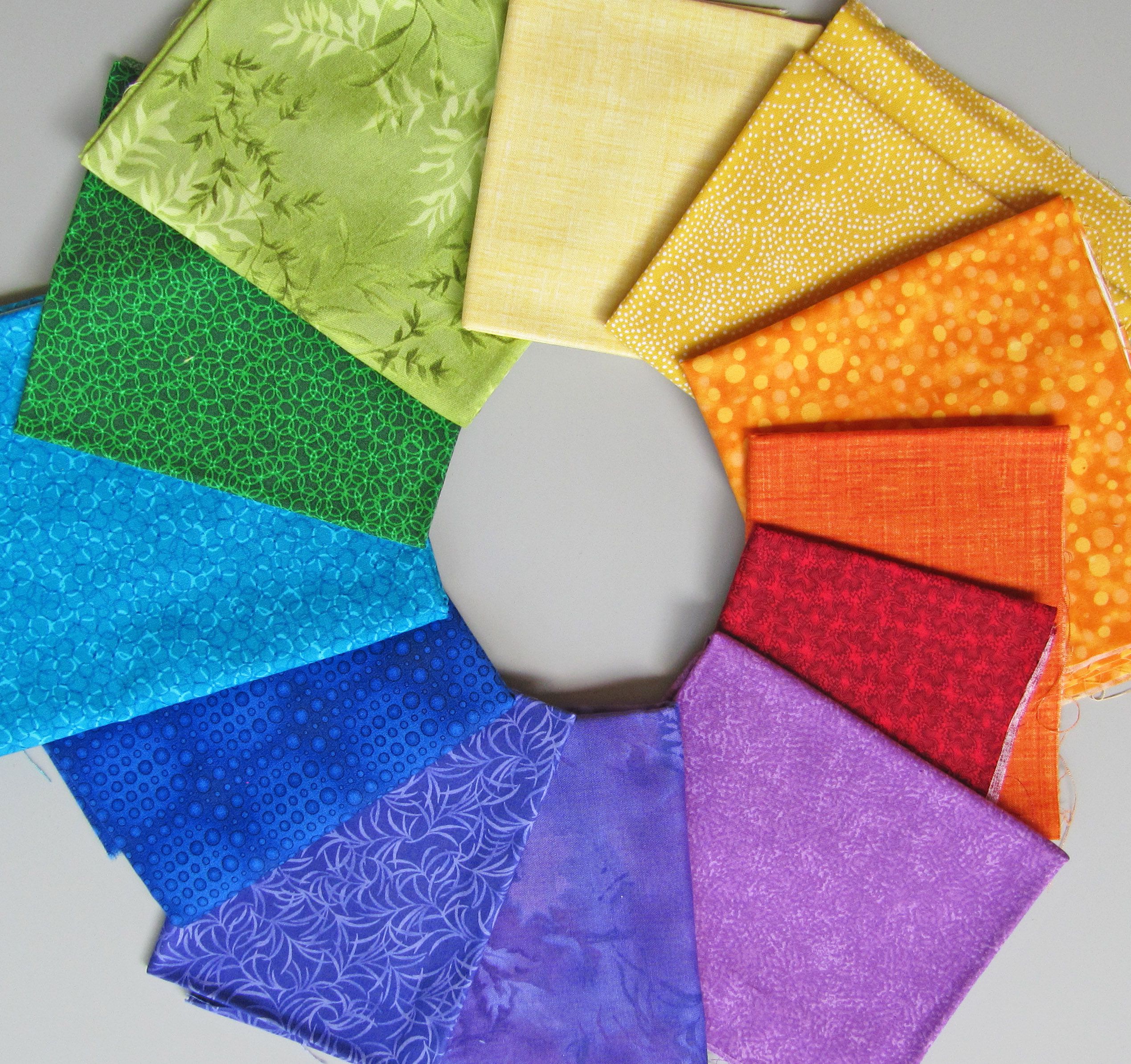
Choose a Color Theme: Start by selecting a color theme for the quilt. This could be as simple as a single shade or as detailed as incorporating multiple colors and hues. Consider the purpose of the quilt, what colors will work best for the design, and the overall desired aesthetic.
Choose Fabric Colors and Textures: Once a color theme has been selected, the next step is to choose the fabrics that will go into the quilt. Consider fabric colors and textures that will work well together and help to achieve the desired aesthetic. Look for fabric that is high quality, fade-resistant, and machine washable.
Create a Color Value Chart: Create a color value chart to help plan the quilt. This chart can be as basic or as detailed as needed, but should include swatches of fabric that will be used in the quilt. It can also be helpful to include a light, medium, and dark swatch for each color to help create a balanced quilt.
Think About Pattern and Texture: Consider the patterns and textures that will be used in the quilt. Select colors that will work with the pattern and texture, while also creating a balanced design.
Choose a Complementary Color Scheme: Consider a complementary color scheme that will help to create balance and contrast in the quilt. This can be done by selecting colors that are opposite each other on the color wheel, or by using a color wheel to create a triadic color scheme.
Choose Colorful Fabric Blends: Look for colorful fabric blends to add depth and interest to the quilt. Look for colors that are subtly different in tone or saturation, as these will create a more dynamic quilt.
Select a Quilting Thread Color: The final step is to select a quilting thread color. This should be chosen to match the colors in the quilt or to add a subtle contrast. If using multiple colors of thread, choose colors that will blend well together.
Tips for Choosing Colors and Fabrics for Quilting
- Choose a Color Scheme – Start by deciding on a color scheme. Consider the colors that you love best and use those to create a pleasing combination. You can also use a pre-made color palette and use those colors as your foundation.
- Choose the Right Fabric – Quilting fabric is available in many different fabrics, such as cotton, flannel, quilter’s cotton, and even silks. Choose a fabric that will be comfortable to handle and will hold up well when washed.
- Choose the Right Prints – Look for fabrics that have a variety of different prints and colors. The prints should be balanced and should not be too busy or overwhelming. Consider using solids to balance out the prints.
- Choose the Right Amount – For most quilts, you’ll need about 4 yards of fabric for the top and 2 yards of fabric for the backing. You may also need additional fabric for the binding.
- Plan Ahead – Before you start shopping, plan out your quilt in advance. This will help you make sure that you have enough fabric in the right colors and prints.
Frequently Asked Questions
What Types of Fabric are Best for Quilting?
Quilting requires fabric that is lightweight, tightly woven, and has minimal stretch. Most quilting cottons are 100% cotton, but blends of cotton and polyester are also popular. Fabrics that are best for quilting include cotton, flannel, batik, and corduroy. In general, avoid satin, velvet, and other fabrics with a lot of stretch or those with a very loose weave. Choosing the right fabric is essential in order to make a quilt that will last.
How do I determine how much fabric I need for my quilt project?
To accurately calculate the amount of fabric you need for your quilt project, you’ll need to know the measurements of the quilt top, the size of the blocks and the width of the fabric. Measure the finished quilt top and add 12” to the length and width to accommodate borders and fabric shrinkage. Calculate the total number of blocks needed and determine how much fabric is needed for each block. Then, multiply the total number of blocks by the fabric allowance per block. Finally, add the fabric allowance for the quilt top and borders to the total fabric needed for the blocks.
What are the differences between quilting cottons and other fabrics?
Weight: Quilting cottons are typically light-weight fabrics, which makes them easy to sew, and work with. Other fabrics, like denim, upholstery fabric, or wool, are heavier and may require more time and effort to stitch together.
Fibers: Most quilting cottons are made from natural fibers such as cotton, linen, and silk. Other fabrics may be made from synthetic fibers, such as polyester, rayon, or nylon.
Durability: Quilting cottons tend to be more durable than other fabrics. They can withstand more wear and tear, and are less prone to fading or shrinking.
Resistance: Quilting cottons generally have a higher resistance to water, heat, and stains than other fabrics.
Types: Quilting cottons come in a variety of colors, patterns, and textures, making them ideal for creating interesting quilt designs. Other fabrics may be limited in the colors and patterns available.
Are there special techniques I should use when cutting fabric for quilting?
Accurate Cutting – Accurate cutting is essential for successful quilt making. Assemble the necessary tools – a rotary cutter, a ruler, a mat, and sharp scissors – to ensure that all your pieces are the same size and shape.
Starch – Starch helps to remove wrinkles, create sharp angles, and prevent fraying. Apply a light spray or liquid starch to the fabric with a spray bottle, using a circular motion. Allow it to dry, and then press the fabric with a hot iron to get the desired stiffness.
Template Cutting – Template cutting is perfect for intricate shapes and patterns. Trace the fabric pieces onto a stiff template, and then use a rotary cutter to cut the pieces out.
Bias Strips – Bias strips are a great way to add texture and dimension to a quilt. Trim a piece of fabric into a square and then cut it on the diagonal. This will create two bias strips. Sew the bias strips and press them on the wrong side with a hot iron.
Pinning – Pinning is essential when piecing a quilt. Pinning helps to keep the pieces in place while they are being sewn. Use pins that are slightly longer than the fabric so that they don’t slip out.
Seam Allowance – Seam allowances should be kept consistent throughout the quilt to ensure that the pieces fit together properly. The seam allowance should be 1/4 inch.
Finishing – To complete the quilt, you will need to press the quilt top and backing fabric to remove any wrinkles. Press the seams open and then press the quilt top and backing together.
Are there any tips on how to choose fabric that will work well together in a quilt?
Create a Color Palette: Start by picking a few colors that will work together. Make sure you have a mix of light, medium, and dark tones. Consider adding a few coordinating prints to give the quilt more texture.
Choose a Variety of Fabrics: Look for a range of fabrics, from solids to prints and textures. Keep in mind the size of the quilt and the size of the fabric pieces – it’s important to have a balanced mix of fabrics that will work together in the quilt.
Focus on Value: Pay attention to the value of the fabrics. Make sure the colors work together and that the quilt doesn’t look too flat or too busy.
Think About Scale: Try to pick fabrics with different scales so that the quilt looks interesting. Consider combining small prints with larger ones, or mixing plain fabrics with more detailed ones.
Experiment: When choosing fabrics, it’s important to experiment. Try laying out the fabrics on a table or bed to get an idea of how they work together. Make sure to take a photo so you can refer back to it while sewing.
Conclusion
When choosing the perfect fabric for your quilt, consider the type of quilt you want to make, the purpose of the quilt, the colours you want to use, and the fabric’s weight, weave, and composition. Be sure to take the time to pre-wash the fabric and press it before cutting. Following these tips and tricks will help you choose the perfect fabric for your quilt.
